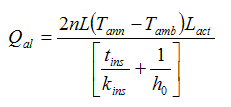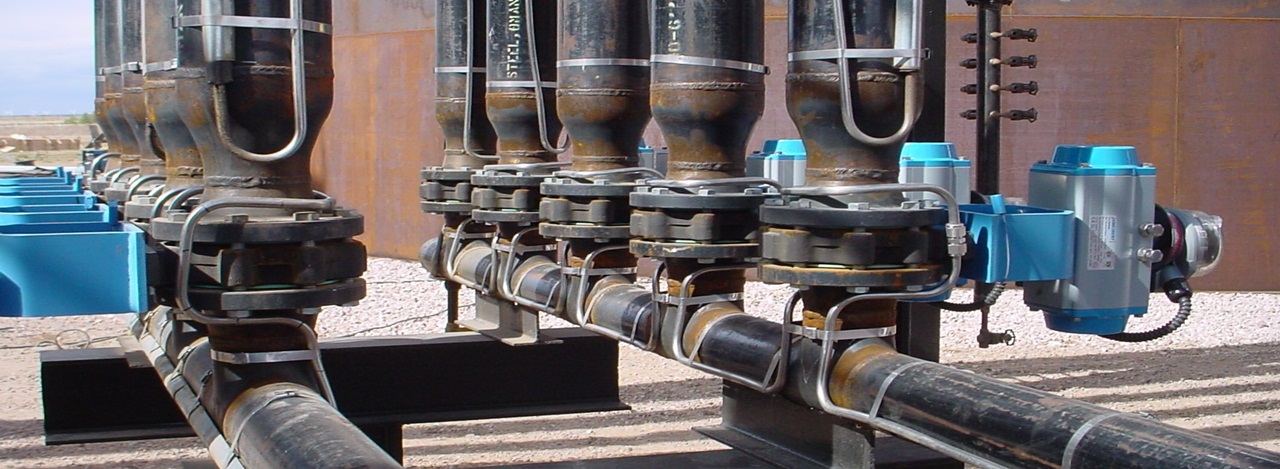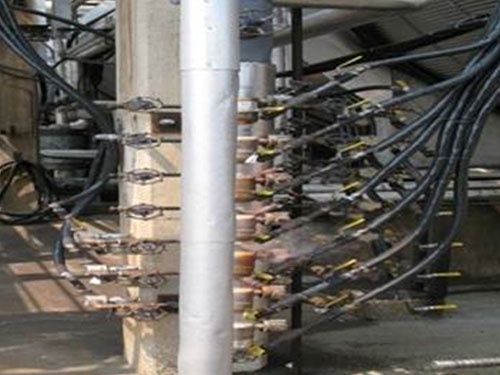
Luckily, there’s something out there for everyone, including several applications that replicate various art mediums exceptionally well.

#Steam vtrace software#
If you’re new to digital art, think about replicating or mirroring the software used by your favorite artist or illustrator on social media platforms. You can work on your fundamentals and also gain a good idea of the best software for you.īut if you’re not sure where to start, don’t worry! In this article, we’ll highlight some of the best software for digital art and help you find the best pick for you.Īlso see our feature on the best laptops for digital art, best USB-C monitors for artists and the best laptop for students.įor art software, there are many choices to pick from, and they all can be quite daunting.
#Steam vtrace pro#
#Steam vtrace full#
Downscale it to a late-1990s resolution of 252p with full ray tracing enabled, and the Steam Deck can run the game at something approaching 60 fps.

Quake II RTX is a particular stunner thanks to its reliance on a full path-tracing model, as opposed to any pre-baked lighting. But Leadbetter points to Metro Exodus' implementation of temporal anti-aliasing upscaling (TAAU), which makes a pixel resolution of 504p look more crisp at Deck's full 800p resolution-and it looks even better on Steam Deck's 7-inch screen than it does on a web browser.

On a pixel-count level, that's on par with the blurry Switch ports of Doom (2016) or The Witcher 3. Their ray-tracing implementations include varying amounts of dazzling effects that take light reflection and material properties into account, typically resulting in more realistic and grounded lighting and shadows. Unsurprisingly, all the games tested need visual downgrades to get near-stable 30 fps with ray-tracing features enabled, and these come mostly in the form of pixel resolution downgrades at roughly 540p.
#Steam vtrace drivers#
The four games in question ( Quake II RTX, Control, Metro Exodus Enhanced Edition, Doom Eternal) gray out their ray-tracing menu toggles when loaded via the default SteamOS implementation, which translates Windows versions of games to Linux via the Proton compatibility layer. Those same four games, using official Windows 10 drivers from Valve and AMD, recognize the RDNA 2 cores built into Steam Deck's custom APU and unlock every ray-tracing option-just as if PC gamers were using a GPU from AMD's recent RX 6000 series. This obnoxious process was required during Leadbetter's testing period because Steam Deck does not officially support a dual-boot option for multiple OS installs, even though fans have more recently come up with methods to do that. Leadbetter wiped the system's default OS, installed Windows 10, and retested ray tracing-compatible software before wiping the system again to get SteamOS back on there.

The proof, as seen in a video on DF's YouTube channel, required an overkill testing scenario. The (R)DNA was in Steam Deck the whole time On Tuesday, site founder Richard Leadbetter unearthed something that the community at large appears to have missed up until now: The portable, 15 W-maximum Steam Deck is capable of ray tracing. Perhaps that's why the latest Steam Deck analysis from the hardware geniuses at Digital Foundry has struck gold. I previously posited in my review that Steam Deck was not "finished," and while the device has become much more stable, its full potential remains unclear. In the weeks since Valve's Steam Deck release, fans and critics alike have been poring through the device's possibilities, stymied in part by near-daily software and OS updates.


 0 kommentar(er)
0 kommentar(er)
